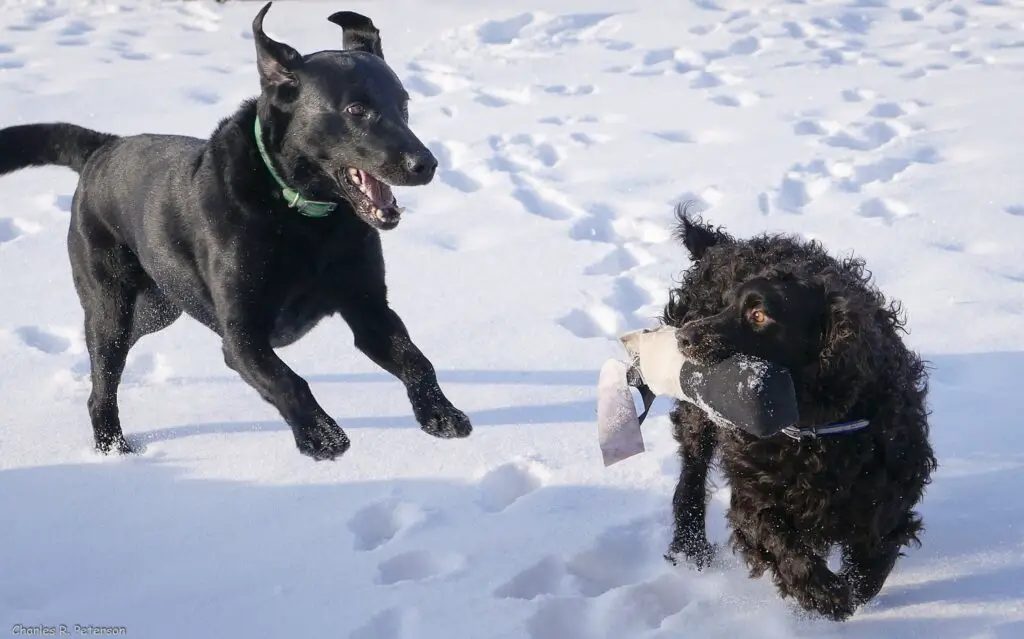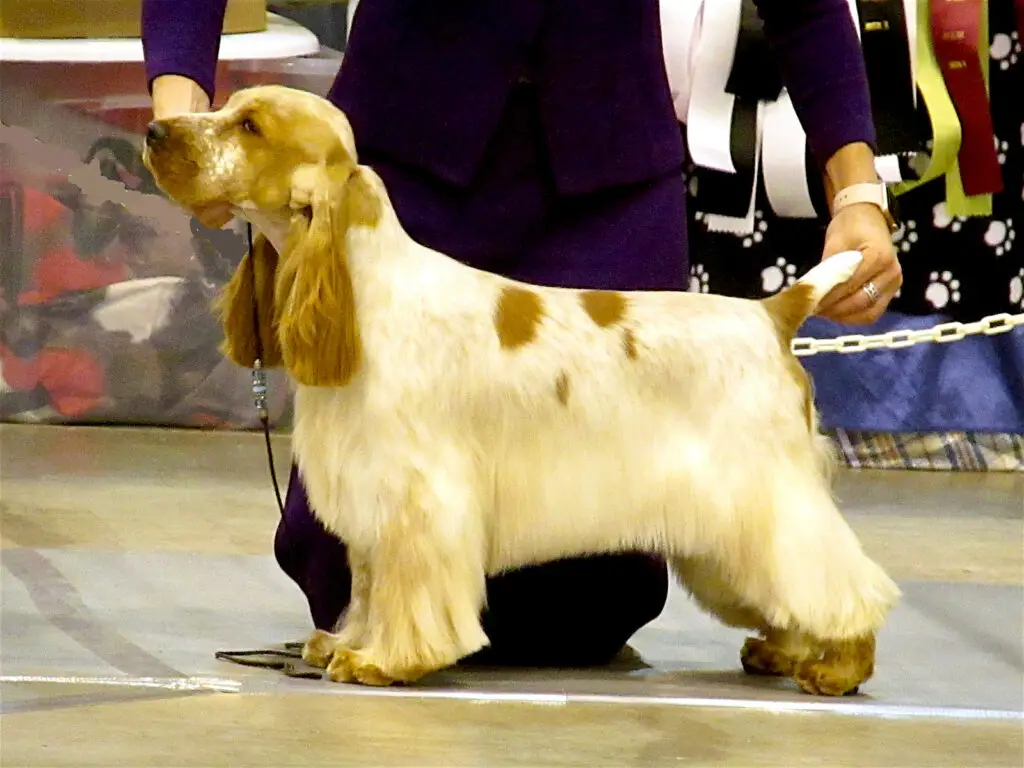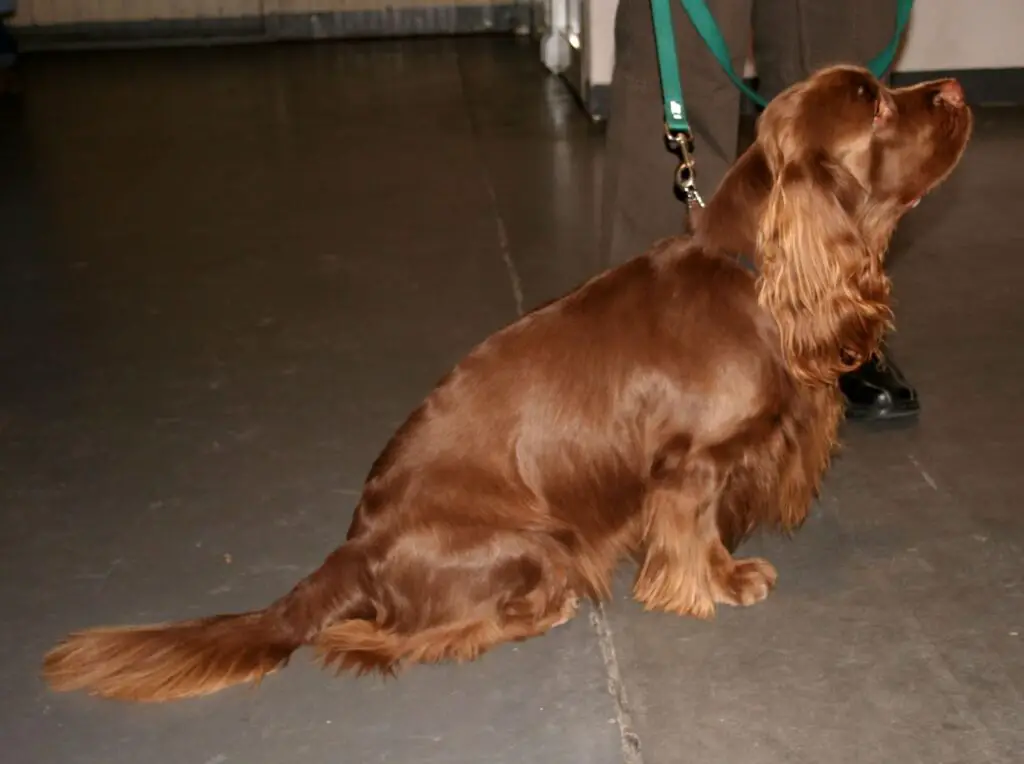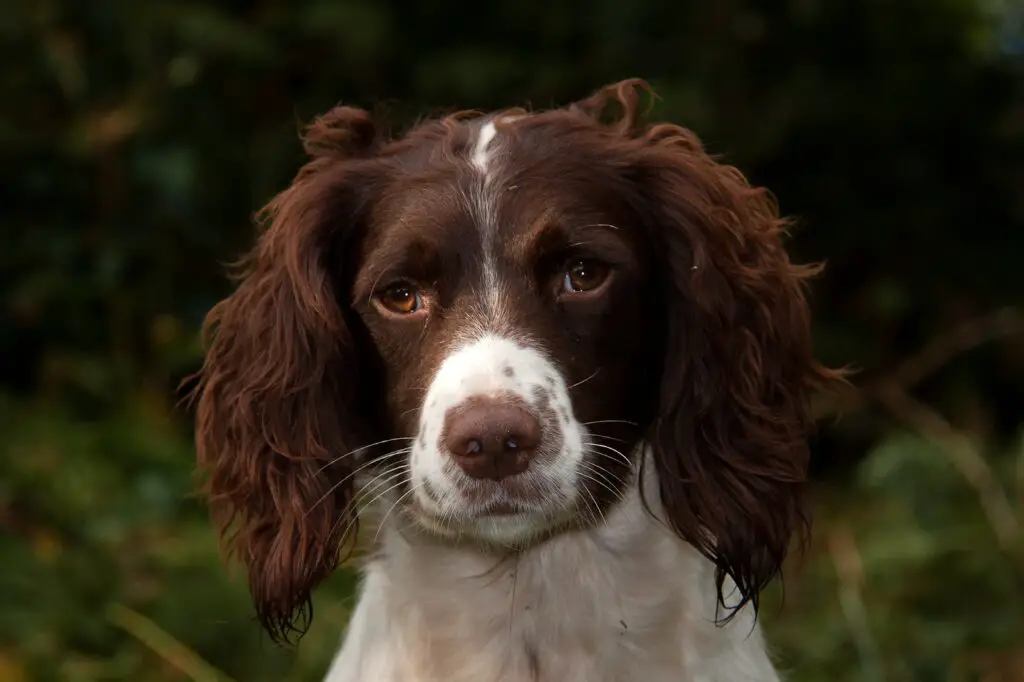Do you already have a dog? Want to get another one but don’t know if they will get along?
Although some dogs are friendly toward people, this does not always mean that they are also friendly toward other dogs. Therefore, it’s critical to understand more about the temperament and characteristics of the breed while picking the best member of the family.
In this article, we will discuss the temperament and personality of a Boykin spaniel to understand if they will get along with other dogs. We will also briefly explain the different types of spaniels, which one is the friendliest and which is the most aggressive. Let’s dive in!

Personality and Temperament of a Boykin Spaniel Dog
The Boykin Spaniel is an enthusiastic, eager, cheerful, and trainable medium-sized flushing and retrieving dog distinguished by its rich brown coat.
It is a breed that is keen to please and is obedient. These dogs need a reliable and strict pack leader, but they are simple to train. They are perpetually on the lookout for their next order to follow.
They are a calm, amiable, and friendly breed that gets along well with humans and dogs.
Different Types of Spaniel Breeds
Below are the different types of spaniel breeds:
1. Cavalier King Charles Spaniel
The Cavalier King Charles spaniel is an endearingly devoted dog that is adorably friendly, playful, and intelligent. The Cavalier King Charles, created exclusively as a lap dog, is smaller than most other spaniels and has a weaker prey drive than its other spaniel relatives.
Temperament
They are highly sociable dogs that quickly warm up to guests and family members, get along with other animals, and stay home in either old or child-friendly houses. Their behavioral profile does not include shyness or hostility.

2. English Cocker Spaniel
The English Cocker Spaniel enjoys playing and company; it enjoys being around other people and animals.
An all-day hunter, it was bred for finding, flushing, and bringing in upland game birds. Therefore, walking around the block cannot burn off the energy they have. These dogs require a lot of exercise, but thankfully they can get by with a few decent exercise sessions each day.
Temperament
English Cocker Spaniels are affectionate by nature and make ideal family pets since they get along with other dogs, people, and even cats.
3. American Water Spaniel
The American water spaniel makes an excellent cuddle partner despite being meant to be a strong hunting companion.
They are intelligent, obedient, loving, and well-known for getting along with kids and other animals. They are also excellent watchdogs.
Temperament
They generally get along okay with kids. They can get along well with respectable older children with the right socialization skills, but they might only sometimes accept younger children.
Most American Water Spaniels get along with other household dogs and pets. However, some of them are violent and territorial around strange canines.
4. Sussex Spaniel
The medium-sized sports dog breed from England known as the Sussex Spaniel has a medium-length wavy coat that is the breed’s signature golden liver color.
Despite its popularity, there are still only about 100 Sussexes registered annually, making it a rare breed. Most of them are kept as family pets; very few breeders create dogs specifically for hunting.

Temperament
When around their family, they tend to be charming and playful; however, they can be a little cautious of strangers. If they have been properly socialized, though, they become courteous and even charming once a company is welcomed.
Sussex Spaniels can be aggressive toward unfamiliar canines. Their tendencies for dominance and obstinacy call for a dependable owner who knows how to supervise and who will employ upbeat positive training techniques.
This confident dog will defend itself if rough handling or taunting is used.
5. Pappilon
Papillons are often friendly, extroverted dogs who enjoy cuddling up on people’s laps just as much as rushing around the home. Despite being lively and energetic, they are not seen as tense, anxious, or afraid and do not bark excessively.
Temperament
They do well with cats and other dogs if they are trained from a young age. Multi-dog homes are an excellent method to prevent the papillon from experiencing separation anxiety if their human is gone for a long time.
6. Field Spaniel
Field Spaniels are strong, medium-sized dogs originally bred to recover game from water or land. While they still have exceptional hunting abilities, they are now primarily used as family pets and show dogs, seldom seen in the field.
These dogs are devoted family companions who adore people. Due to their high activity and exercise requirements, they are best suited for active owners. They do not fare well in apartments. If you believe this breed is right for you, give your dog lots of room to play and run around.
They are guarded among strangers and may even be bashful if poorly socialized, but their owners will see a fun-loving, mischievous side of them.
Temperament
Field spaniels are incredibly affectionate dogs who form close relationships with their owners. Although they generally get along with dogs, other animals, and strangers, it’s still a good idea for owners to socialize them with any dog breed from an early age carefully.
7. Springer Spaniel
The English Springer Spaniel is a small, athletic breed of medium-sized sporting dog. They were created as sporting dogs to assist hunters.
It is a robust, active, and moderately clever dog that is extroverted and friendly but still requires socialization and training from an early age.

Temperament
A few of them are aggressive toward their own kind, but for the most part, they are friendly with other animals.
You can get another Springer or any other spaniel if you want another dog. As for different breeds, Labradors, Golden Retrievers, Greyhounds, Pointers, Boxers, and Setters are suitable options.
8. Irish Water Spaniel
The Irish Water Spaniel has a reputation as the clown of the spaniel family due to its high intelligence and curious attitude, and it is frequently able to obey you in the most unusual and entertaining ways!
These dogs have a strong desire to please people, thanks to years of breeding that have improved their retrieving abilities—because of this, training an Irish Water Spaniel is relatively easy.
Nevertheless, their tendency for mischief makes them occasionally challenging to manage. The breed can perform admirably in obedience exercises, but during contests, that cheeky, fun-loving disposition may appear unpredictable and wreak chaos with your plans for the day.
Temperament
They have a charming sense of humor, great personality, and are happy canines. They are incredibly devoted to their family, especially the younger members.
Early socialization with different dogs and humans ensures that this breed will exhibit its sociable traits and make them more at ease around unfamiliar people and pets.
Which Spaniel Is the Most Aggressive?
According to a recent study published in the Journal of Veterinary Behavior, the affectionate-appearing English Cocker Spaniel might be the most violent dog breed in the world.
The study discovered that they are typically more aggressive than other breeds, which suggests that aggression is a genetic trait.
Aggression can result from various circumstances, including fear, boredom, and a lack of socializing.
Cocker rage syndrome, also known as sudden onset aggression, is a behavioral disease unique to the Cocker Spaniel breed. This syndrome is uncommon, and mostly male Cockers in solid colors like black and gold are more likely to become aggressive.
Final Thoughts
All in all, the Boykin Spaniel and its other breeds are warm and non-hostile. They get along well with other pets, so if you’re considering getting another pet but are concerned about how your Boykin spaniel will react, don’t worry. They’ll be fine.
Just remember to allow your puppy freely explore its surroundings and quicken the speed of its socialization when it reaches the age of seven to eight weeks.
With proper training, you will see in no time that both your pets are buddy-buddy!


